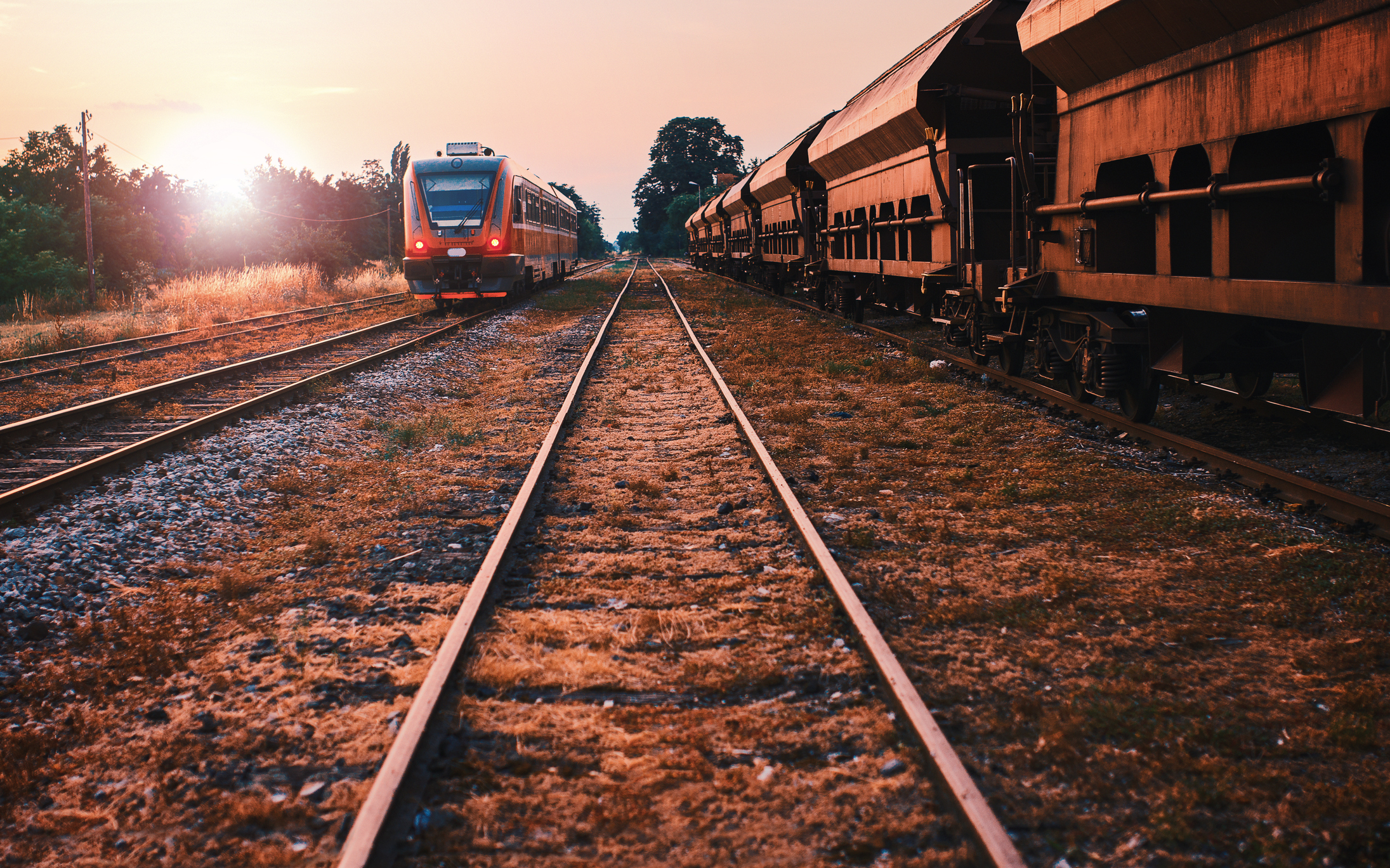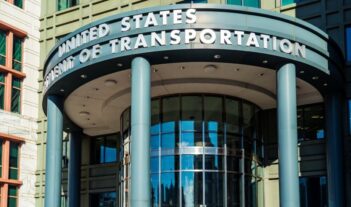
Rail safety can be improved by realigning industry and regulatory goals.
The success of partial economic deregulation of the freight rail sector is well established in policy circles across the political spectrum and is marked by an undeniable correlation between less government intrusion and the ability of the industry to invest private dollars to serve customers and the economy.
According to the Competitive Enterprise Institute, “railroads sought economic liberalization after almost a century of struggling under an ever more restrictive regulatory regime that left them facing ruin.” And, as the Institute notes, the sector “succeeded in impressive manner—a once-moribund industry recovered rapidly and is now again a vibrant part of the American economy.”
Although excessive economic regulation was mitigated by the 1980 Staggers Rail Act—a seminal law that has led to large-scale private investments tied to improved safety and service—operational regulation of the railroads has continued unabated under the purview of the Federal Railroad Administration (FRA).
As a result, the industry is increasingly vocal in calling for a shift to safety regulation that holds the industry accountable for its safety performance, while, at the same time, enabling and encouraging it to develop safer and more efficient practices. Participants in the freight railroad industry understand the importance of public trust and the critical role of the regulator in supporting that trust. Therefore, industry members propose not to minimize necessary safeguards, but rather to improve the process and align industry and regulatory objectives.
Freight railroads, which have been regulated more extensively than virtually any other industry group, seek relief that facilitates the flexibility to conceive, develop, and deploy new technologies and practices where they are effective and efficient. And the industry believes that this can be achieved by rules oriented toward safety goals—not by outdated command-and-control requirements.
Such a change rests on a simple premise: running a safe railroad is good business. Modern railroads have not only the expertise to operate safely, but also the desire to invest in new practices and technologies that further improve safety. In turn, they need greater certainty from the government that their investments will not be quickly stranded.
In addition, leading experts have expressed support for reorienting railroad regulation. According to a new report from the Information Technology and Innovation Foundation, regulatory reform “offers tremendous potential benefits in a number of sectors, because bad regulation often imposes unnecessary costs without producing corresponding social benefits.” The Foundation further observes that in “highly innovative” industries, “these costs can slow or even stop the introduction of productivity-enhancing technology.”
So what does the industry mean when it calls for a modernized regulatory approach at the FRA, and what data support a possible shift?
Today’s railroads are a safety success story, with 2016’s continuing a string of record-setting years, according to FRA data. In 2016, U.S. railroads had the lowest train accident rate on record. Derailment rates declined 9 percent in 2016 from 2015 figures—and 43 percent since 2000— and track-caused accident rates also reached record lows. And the 2016 employee-on-duty casualty rate for rail was lower than the rates for virtually all other modes of transportation.
These safety gains strongly correlate with the railroads’ improving financial health. Scholars at the Mercatus Center have similarly concluded that “economic deregulation improved safety more effectively than actual safety regulations by restoring market incentives for firms to pursue safety measures and innovations instead of focusing on complying with regulatory mandates.”
Yet the gains occur against the backdrop of an outdated approach. Research by my organization on data from FRA’s information collection requests indicate that the regulatory paperwork cost alone has increased by more than 500 percent over the last 30 years to an annual cost of $1.7 billion. Employees may have been hired solely to comply with the bureaucratic exercise.
Most safety protocols issued by the FRA prescribe the manner by which railroads are to operate, with the aim of attaining a particular safety goal. The rules often lack empirical justification and are often so rigid that they deter technological growth.
For example, railroads have developed specialized wheel temperature detectors positioned alongside rail lines that can measure the dynamic temperature of rail car wheels to identify potential brake problems before trouble occurs. These devices detect problems better than mandated manual brake tests. But outdated FRA rules effectively discourage their use, and generally they require railroads to conduct less efficient and effective manual brake tests.
Beyond that, using ultrasonic technology, railroads can now continuously conduct internal rail inspections using a high-speed vehicle system along a designated rail route, analyze the test data at an off-site centralized location, and subsequently verify likely defects. Continuous testing allows railroads to examine more miles of track and prioritize repairs. But current rules that favor manual mandates generally hinder the industry from leveraging new technologies throughout the 140,000-mile rail network.
And, in yet another case, the FRA is proposing a rule that would require the big freight railroads to use two-person crews. The FRA proposal was issued despite the Agency’s own stated belief that no “reliable or conclusive statistical data” support the rule. It also disregards increased automation within the transportation sector, including the fact that railroads are already installing a multi-billion dollar automated safety system known as Positive Train Control, which will overcome human error in some manual operations.
The way forward at the FRA is to embrace a rulemaking process that provides industries the breathing room to envision, develop, and implement next-generation practices and technologies. That will be no easy feat. It will require government regulators to change their worldview and defer to science and empiricism while fighting the inclination to use top-down prescriptions.




